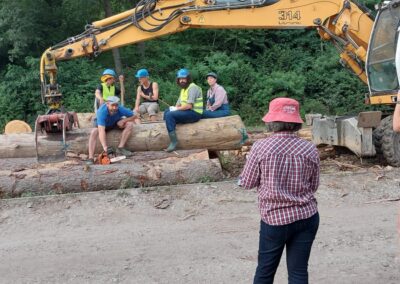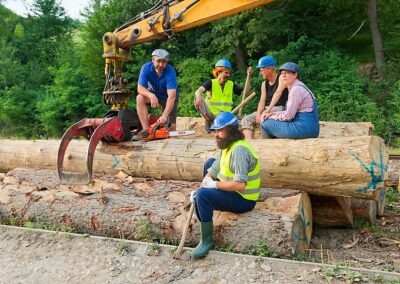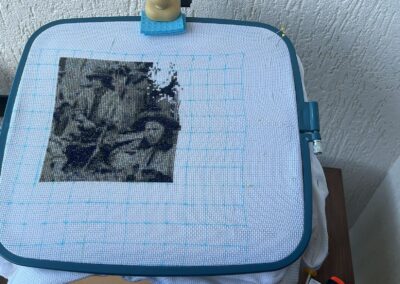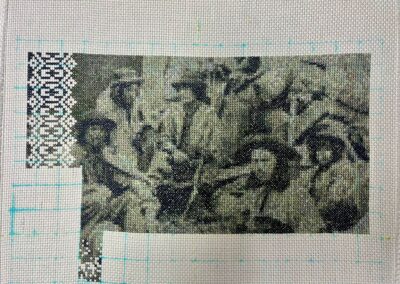Tanja Boukal
Humans are the focus of my work – their interactions with the environment and society, and their responses to challenging situations. Rather than focusing on the details of their faces or bodies, my interest lies in understanding their abilities when faced with unique life circumstances. I delve into their methods of problem solving, their determination to achieve goals, and their pursuit of finding happiness. At the core of my artistic journey is a commitment to human dignity that seamlessly integrates ethical considerations into my work. I often highlight extraordinary individuals, not as isolated characters, but as representatives of those willing to endure significant challenges to realize their aspirations. This approach includes extending recognition to individuals who typically remain invisible. Therefore, women’s fates are often highlighted. By centering their stories, I seek to amplify the voices that have historically remained in the shadows, ensuring that their struggles, triumphs, and unique perspectives receive the attention they rightfully deserve.
My creative process involves the incorporation of traditional craft techniques to create a connection with the person or situation being portrayed. Craft, known for millennia as the art of ordinary men and women, represents to me human creativity and the joy of making. The aspiration of these individuals is to leave a lasting memory, to create something significant. Through the techniques I use, I emphasize the importance associated with portraying these individuals and their stories.
More info here
Maramureș Residency
20 June – 20 July
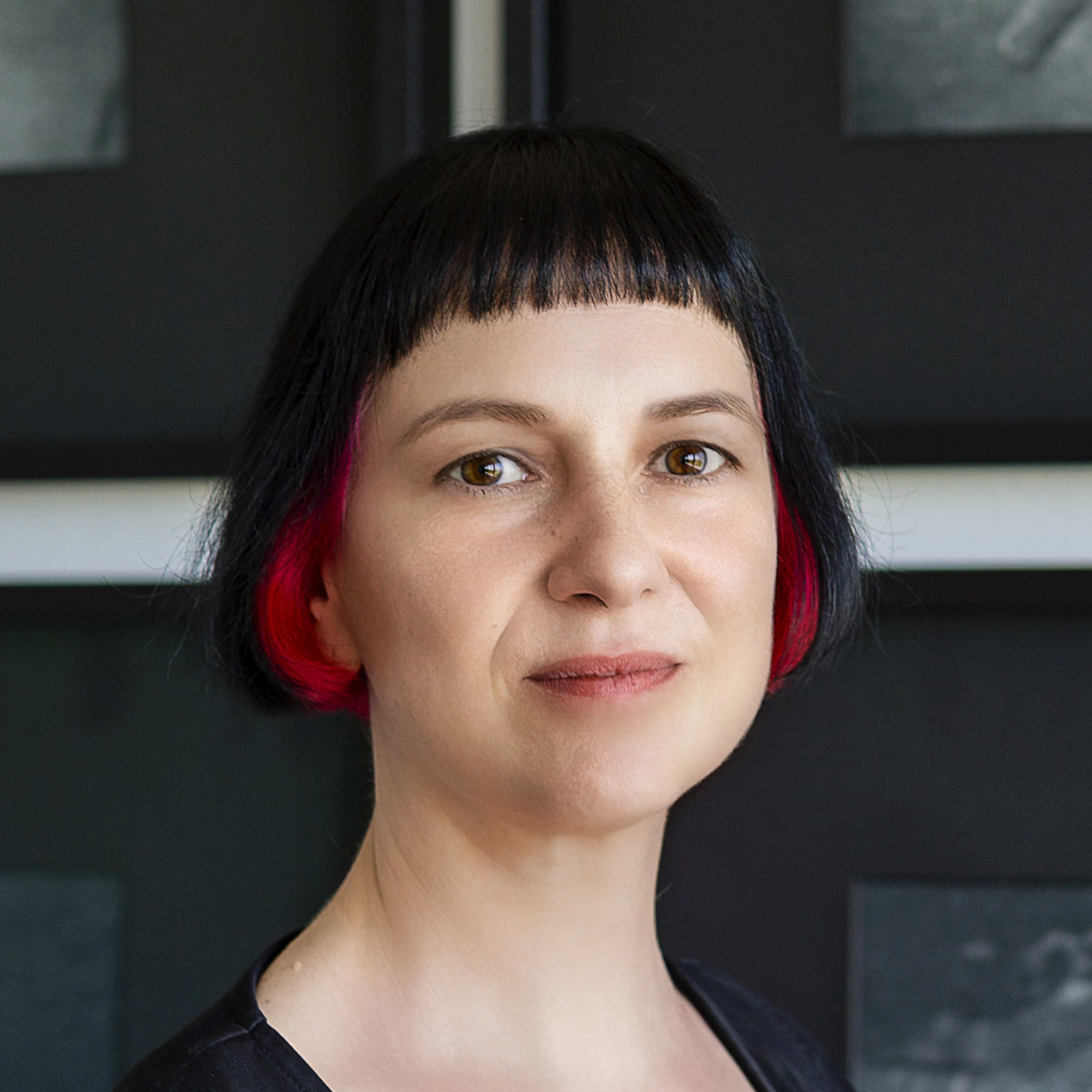
About Săcel Residency
I participated in this residency in the village of Săcel, Maramureș, for the whole month. During this time, I visited local cultural attractions, attended workshops and lectures, learned techniques for
modeling and painting on clay, and created two ceramic works. I visited the historic churches in the villages of Ieud, Bogdan Vodă, and Dragomirești, the Merry Cemetery in Săpânța, and the towns of Borșa and Sighetul Marmației. I learned about the mural painting in the area, the restoration projects that have taken place in the local churches, and their inclusion in the UNESCO heritage list.
At the natural dyeing workshops led by experts Florica Zaharia (Textile Museum of Băița, Hunedoara) and Irina Popoviciu (National Museum of Romanian History, Bucharest), I
learned about various types of dyes (turmeric, chenille copper, Persian berry, etc.), and how to dye wool and cotton with them. Additionally, I attended a lecture by Mrs. Zaharia on the
optimal conservation of textiles, which included information on conservation procedures from the Metropolitan Museum of Art, New York, where she worked for over 30 years as a textile
conservator and restorer.
Focus of My Work:
Humans are the focus of my work – their interactions with the environment and society, and their responses to challenging situations. Rather than focusing on the details of their faces or
bodies, my interest lies in understanding their abilities when faced with unique life circumstances. I delve into their methods of problem-solving, their determination to achieve
goals, and their pursuit of finding happiness. At the core of my artistic journey is a commitment to human dignity that seamlessly integrates ethical considerations into my work.
Thus, in collaboration with local artists and craftsmen, I conducted ethnographic research on the Austro-Hungarian Empire, depicting various ethnic groups in traditional costumes and
everyday situations, often with the aim of cataloging cultural differences and emphasizing stereotypical characteristics. This residency has provided me with invaluable experiences and insights, enriching both my personal and professional development as an artist.
The AFAR Network project is co-funded by the European Union: ”Views and opionions expressed are however those of the autohor(s) only and do not necessarily reflect those of the European Union. Neither the European Union nor the granting authority can be held responsable for them.”

